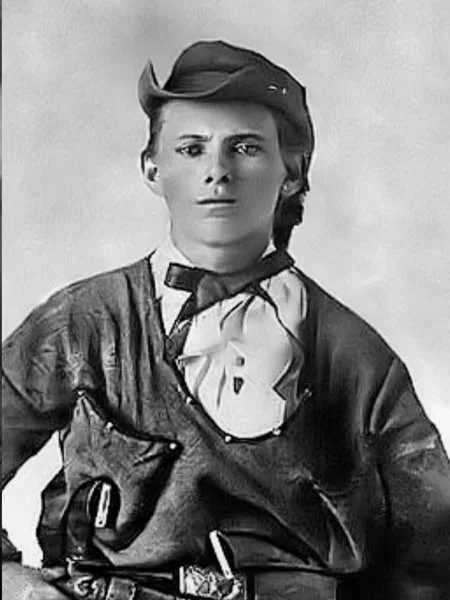Jesse James, a name synonymous with the Wild West, etched his legacy into American history with a string of daring robberies. The first significant train robbery of his career took place near Adair, Iowa, in 1873, netting him a whopping $3,000. This act of audacious thievery cemented his reputation as one of the most notorious outlaws of the 19th century. But why did Jesse James become so famous, and what ultimately happened to this legendary figure?
The First Train Robbery
On July 21, 1873, Jesse James and his gang derailed a Rock Island Line train near Adair, Iowa. The gang had sabotaged the tracks, causing the train to crash, which led to the death of the engineer and injuries to several passengers. The outlaws then boarded the wrecked train and stole approximately $3,000 in cash, equivalent to about $70,000 today.
This robbery was not just a financial success but also a psychological victory. It demonstrated the gang’s meticulous planning and ruthless execution, setting a new standard for criminal activity in the Old West. The Adair train robbery marked the beginning of a series of high-profile heists that would make Jesse James a household name.
Why Was Jesse James So Famous?
Jesse James’s fame can be attributed to several factors:
- Daring and Audacity: The sheer boldness of his crimes, including bank and train robberies, captured the public’s imagination. His willingness to take on powerful institutions made him a folk hero to some.
- Robin Hood Image: Though largely mythologized, James was often portrayed as a Robin Hood figure who stole from the rich to give to the poor. This narrative resonated with many people, especially in the post-Civil War South.
- Media Sensation: Newspapers of the time played a significant role in glorifying Jesse James. Sensationalist journalism exaggerated his exploits, turning him into a legendary figure. Reporters often portrayed him as a gallant outlaw, which only fueled his notoriety.
- Elusiveness: Despite numerous attempts by law enforcement to capture him, Jesse James evaded capture for years. His ability to outsmart the authorities added to his mystique and made him a symbol of defiance.
Jesse James: A Brief Biography
Born on September 5, 1847, in Clay County, Missouri, Jesse Woodson James grew up during a tumultuous time in American history. His family supported the Confederacy during the Civil War, and Jesse joined a Confederate guerrilla group led by William Quantrill. The brutality and violence he witnessed and participated in during the war influenced his later life as an outlaw.
After the Civil War, Jesse, along with his brother Frank, turned to a life of crime. They initially targeted banks associated with the Union or Republican interests, seeing their actions as a continuation of the war. Over time, their targets expanded to include stagecoaches and trains.
The James-Younger Gang, which included Cole Younger and his brothers, became infamous for their robberies throughout the Midwest. Their criminal activities were marked by meticulous planning and ruthless execution. However, as their notoriety grew, so did the efforts to capture them.
The Fall of Jesse James
Jesse James’s criminal career came to an abrupt end on April 3, 1882. By this time, he had settled in St. Joseph, Missouri, under the alias Thomas Howard. His gang had disbanded, and he was living a relatively quiet life with his wife and children. However, the pressure from law enforcement and the lure of a substantial reward led to his betrayal.
Robert Ford, a new recruit in Jesse’s gang, saw an opportunity to gain fame and fortune by killing the outlaw. On that fateful day in April, as Jesse stood on a chair to adjust a picture on the wall, Ford shot him in the back of the head, instantly killing him. Ford hoped to be hailed as a hero, but instead, he was widely despised for his treachery.
Jesse James’s Legacy
Jesse James’s death did not end his legend; rather, it perpetuated it. Songs, books, and later movies immortalized him as an American icon. His life story, filled with drama, violence, and rebellion, continued to captivate audiences.
The legacy of Jesse James is a complex one. While some view him as a cold-blooded criminal responsible for numerous deaths and suffering, others see him as a symbol of resistance against authority and a folk hero. His story is a reflection of the turbulent times in which he lived, a period marked by the Civil War, Reconstruction, and the lawless expansion of the American frontier.
In summary, Jesse James’s first train robbery in Adair, Iowa, was a pivotal moment that set the stage for his infamous career. His blend of audacity, media savvy, and elusive nature made him one of the most famous outlaws in American history. Despite his violent end, the legend of Jesse James endures, a testament to the enduring allure of the Wild West and its larger-than-life characters.

